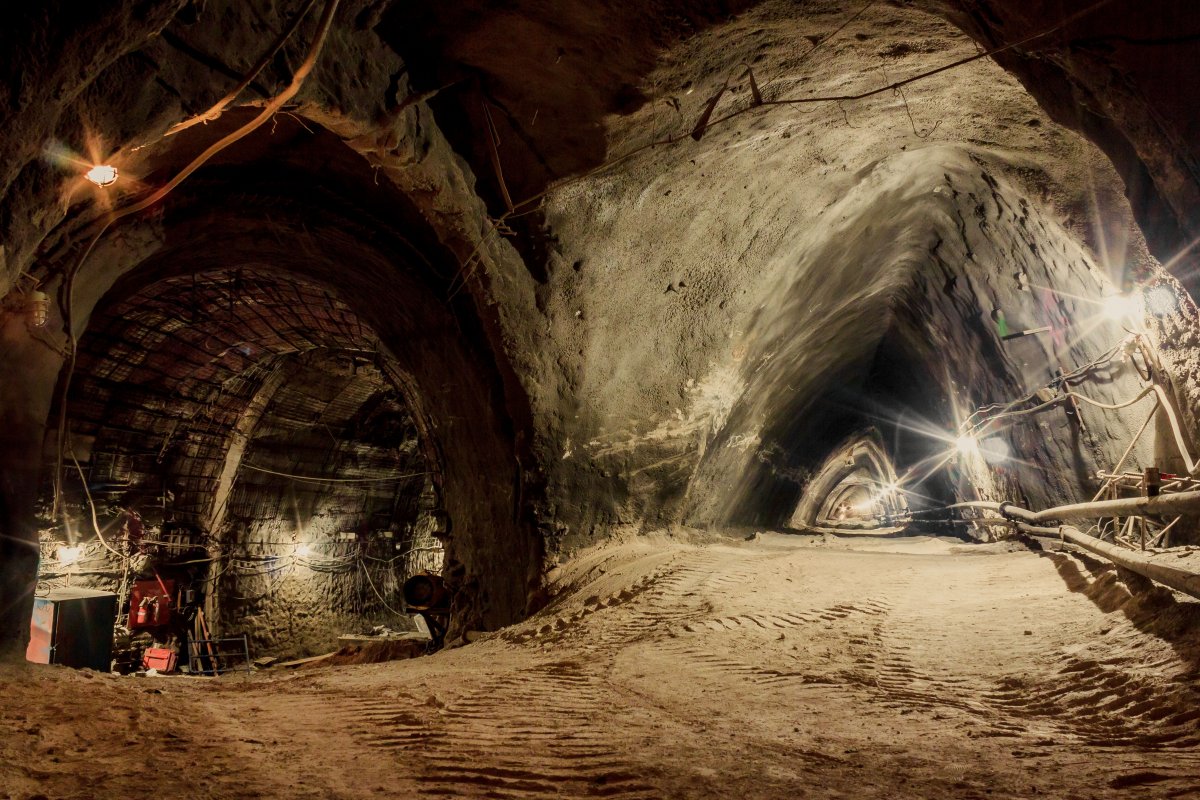When China announced in July that it would restrict exports of the electronic raw materials germanium and gallium, it once again demonstrated the influence China has in the global supply chain for such critical minerals. This is a group of 50 substances to which the US government attaches great strategic importance. The minerals are used in computer chips and precision weapons, but are also important for green technologies that will help the world transition to renewable energy as it fights climate change.
Advertisement
Seaver Wang, co-director of the climate and energy team at the Breakthrough Institute, releases funding for energy policy research. He is an expert in critical raw materials. In an interview with MIT Technology Review, he explains the current situation.
Is China itself dependent on the global supply chain for critical minerals?
When we talk about China’s dominance in such raw materials, it is often about the processing level. But China also imports raw ores to process them.
The most important and interesting minerals from the perspective of green technologies are the platinum group metals [die in Geräten verwendet werden, die Wasserstoff in Energie umwandeln, Anm. d. Red.]. This is how metals like iridium, platinum, palladium become [und] Zirconium used in various fuel cell systems and in the electrolyzers themselves. However, a large part of this production comes from South Africa.
And 75 percent of cobalt comes from the Democratic Republic of Congo (DRC). Highly pure quartz [der in der gesamten Solarindustrie und auch für Computerchips verwendet wird, Anm. d. Red.] mostly comes from the USA. Thorium is also interesting for nuclear power plants, because China is experimenting with thorium reactors as part of demonstration projects. When it comes to nickel, a large amount comes from Indonesia.
Domestic supply chain using the example of high-purity quartz
Does the Chinese government see the fact that it has to import a lot of minerals as its own weakness?
China’s lead in developing novel battery technologies such as sodium-ion batteries is due to efforts to ensure supply chain stability. A sodium-ion battery protects the country from the uncertainties of the lithium supply chain and those of nickel and cobalt. Many of the research efforts in this area are strongly supported because of their supply chain benefits.
One example of the many joint public-private efforts in China is the attempt to develop more ultra-pure quartz capacity locally. The Chinese are investing in domestic production here because this is a sector in which North America currently dominates production. Two American companies in North Carolina produce about 180,000 tons of high-purity quartz per year. Chinese company Jiangsu Pacific Quartz Products increased its capacity from 5,000 to 20,000 tons this year – and that’s basically all of its global production.
Interestingly, the US has no export restrictions on ultra-pure quartz to China, while China itself has imposed a 16 percent import tariff to increase dependence on the domestic market.
Does China want to build a self-sufficient domestic green technology supply chain?
Whether for the US or China, any idea of complete self-sufficiency is clearly just a fantasy. Despite the size of the countries.
I think the smart policymakers in both countries are more likely to try to prepare for a decoupling or a trade war, but they are not trying to orient their industrial policies towards a complete break. They try to ensure a certain level of domestic know-how, capacity and other sources of supply. In the event of an export restriction, there would still be a price increase and the industry in question would go through hard times. But their survival would be assured.
The US and China still regularly talk about how they can work together on climate change. Isn’t that incompatible with the plan for decoupling?
Climate advocates and activists may have a somewhat unrealistic expectation that both sides are aiming for some kind of Hollywood finale in which everyone works together to meet the global challenge of climate change.
That’s probably a little unrealistic because the US and China really have so many policy areas where there are strong differences of opinion. I think we just have to agree that we disagree – and the best way forward is to create good guardrails for competition.
Many US politicians seem hesitant to push too hard on green technologies, at least on the US Democratic side, because they see US climate goals as very closely linked to the import of Chinese products. You don’t want to jeopardize that. And I wonder whether the Chinese side is not too competitive because these are very lucrative export industries. Recently I was very surprised to learn that photovoltaic products now account for 7 percent of China’s trade surplus.
Jump on the green energy bandwagon
What role do other countries besides the USA and China play in the global supply chain for green technologies?
One thing to keep an eye on is the poorer and middle-income countries, which currently export a lot of ore but do not benefit from the high value-added downstream industries.
Zimbabwe has therefore introduced some export restrictions on unrefined ore. The country wanted to encourage international investment in refineries in the country in order to export refined products that benefit the population. And Indonesia has tried the same for nickel.
There is an enormous hunger in the emerging markets to enter these industrial sectors and jump on the green energy bandwagon and benefit economically from it. This is seen in India, Indonesia, Zambia, the Democratic Republic of Congo and Zimbabwe. Part of me sometimes wonders whether in five or ten years we won’t look back on this debate as a silliness. All this fear and paranoia between the USA and China – even though the supply chains might look completely different.
()
To home page
